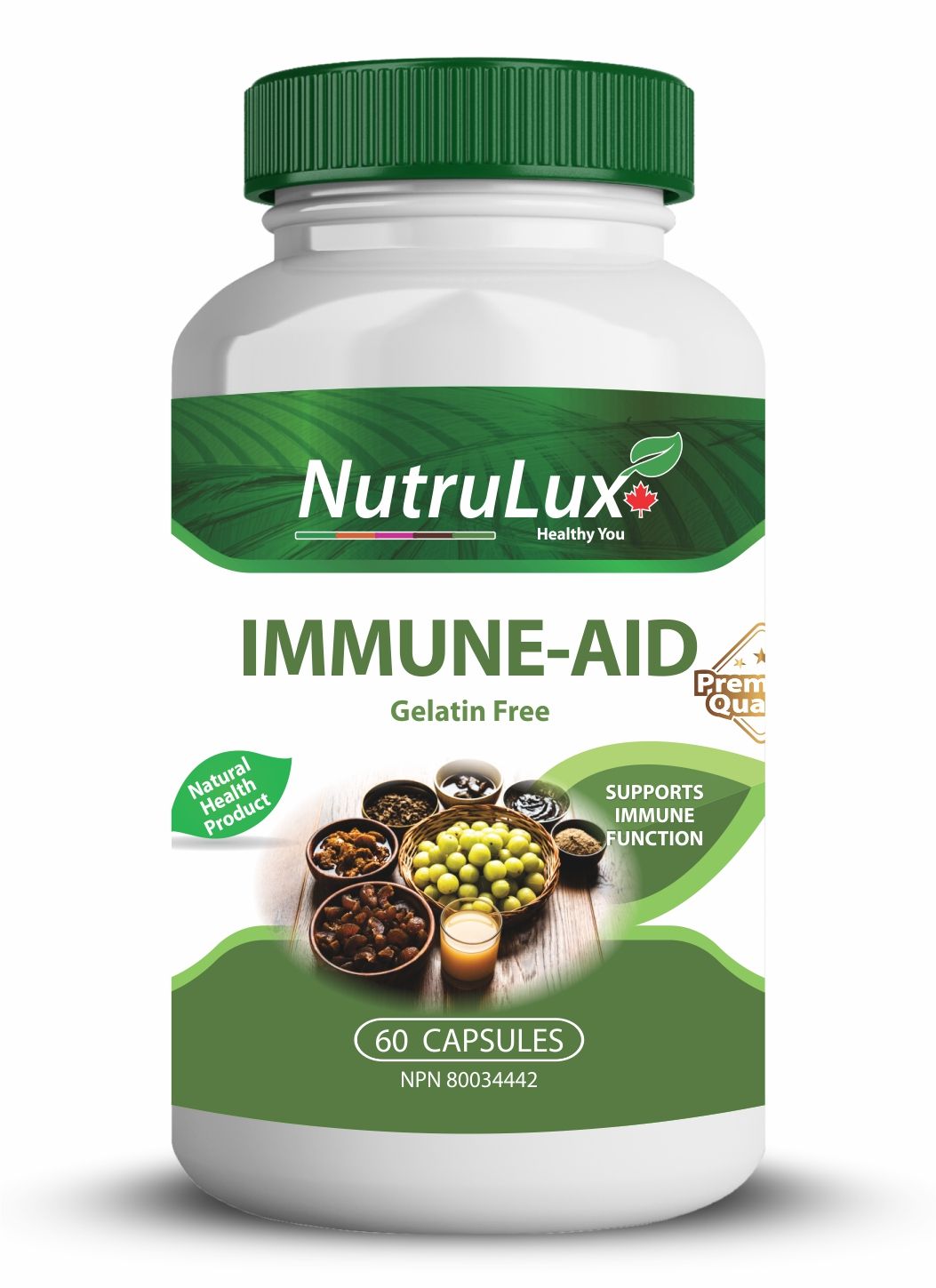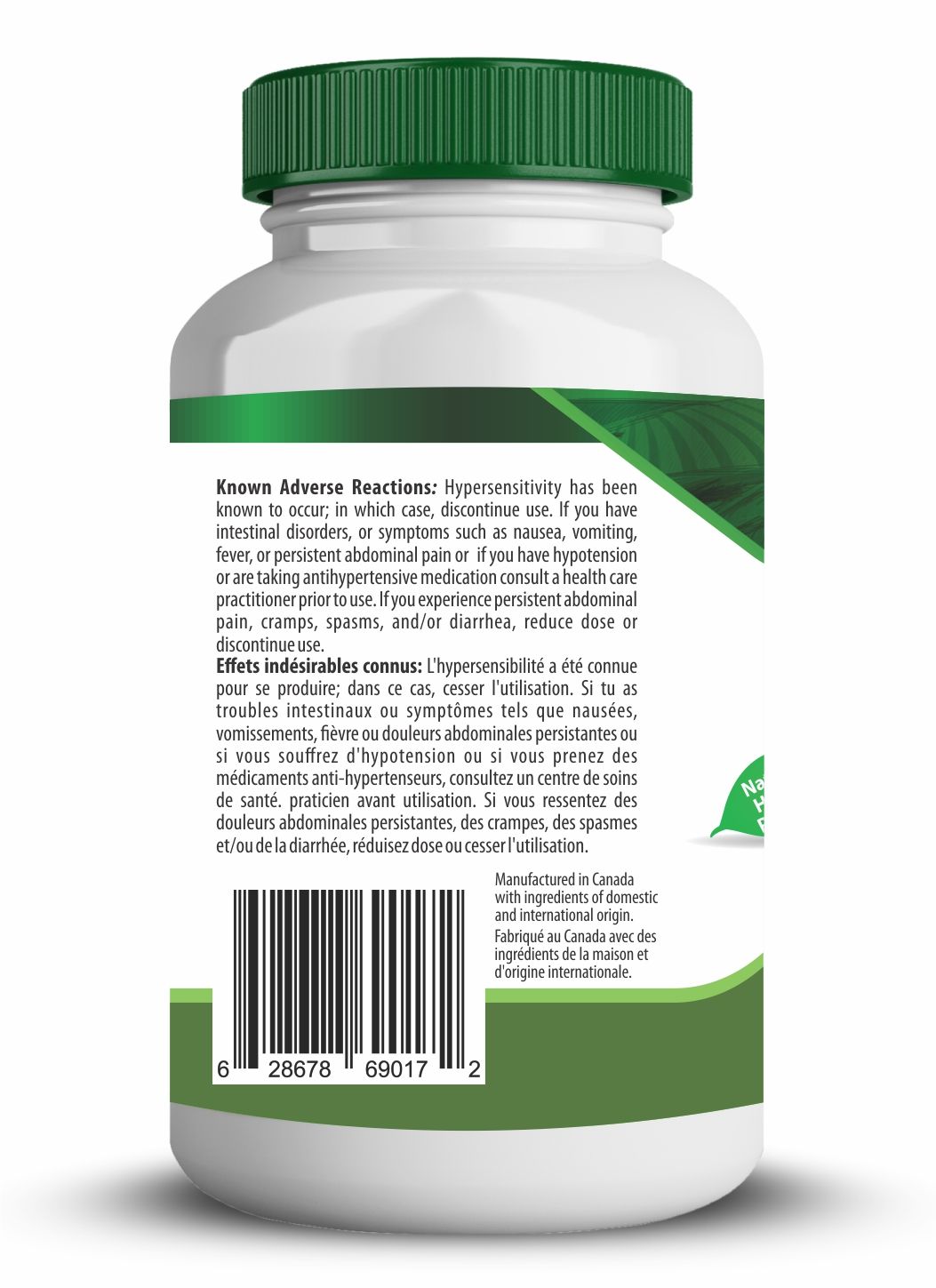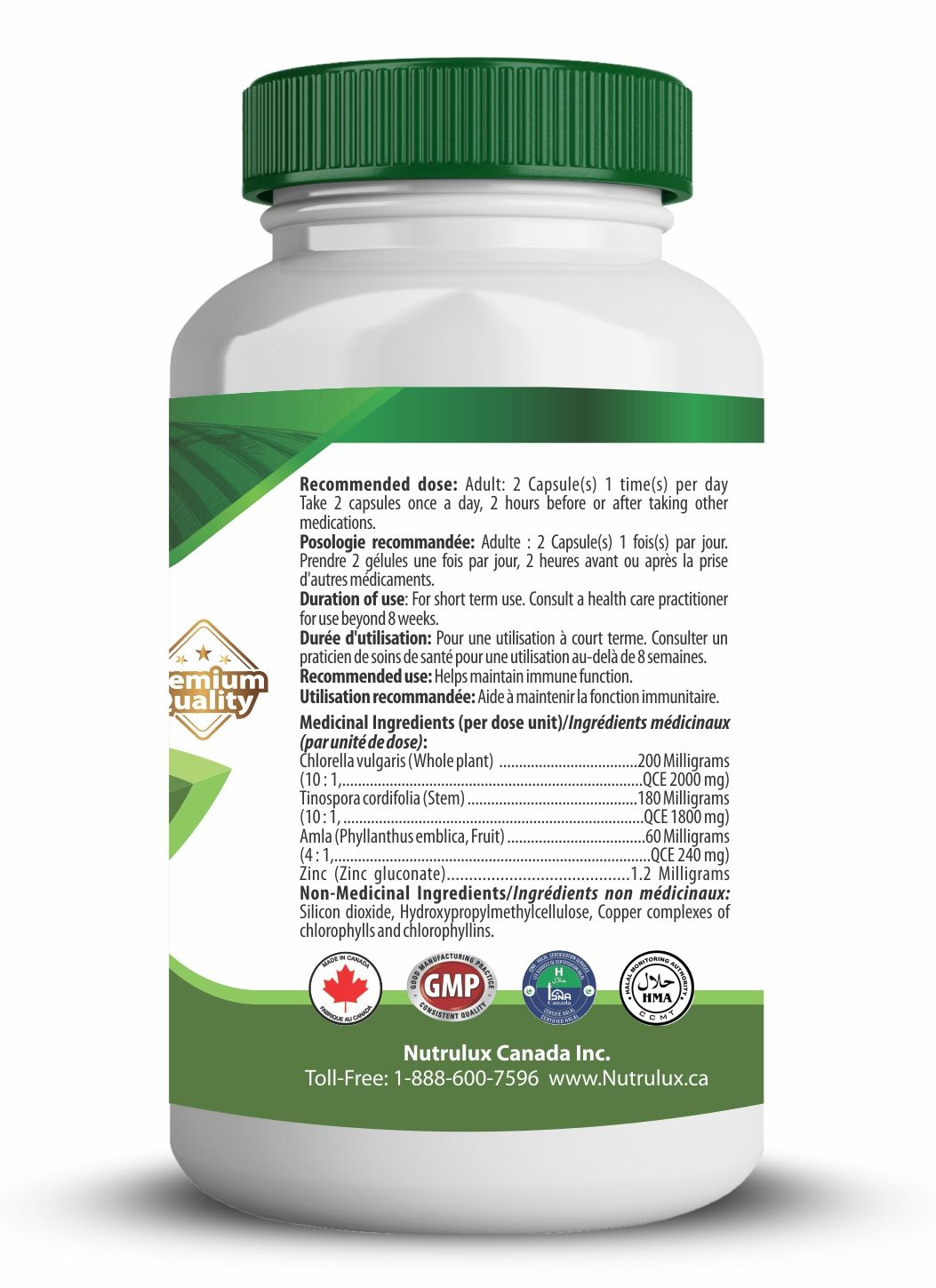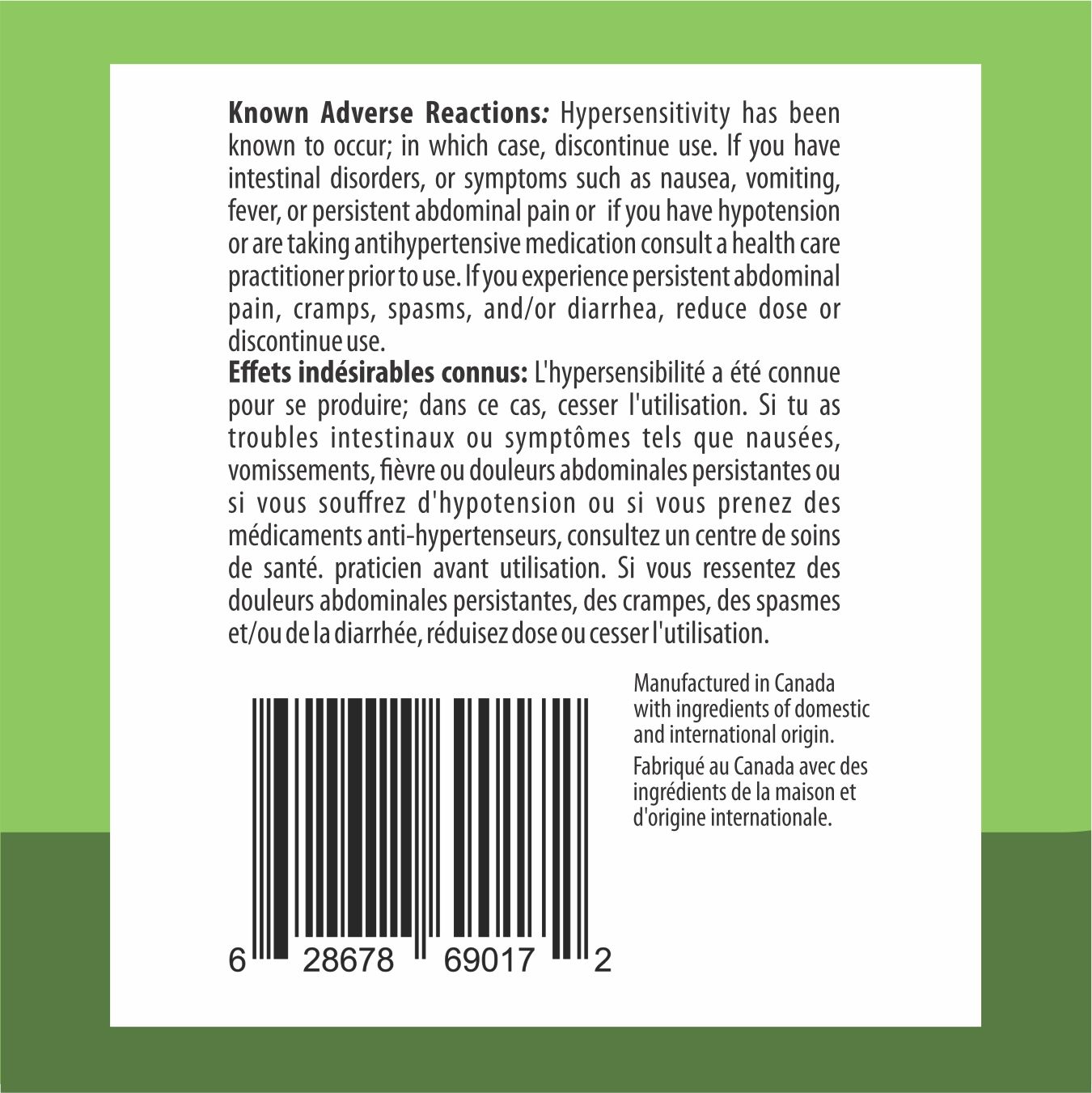
Immune Aid ( 200 mg Chlorella Vulgaris ) Halal Gelatin Free Capsules
$15.99
Immunity refers to the body’s ability to prevent the invasion of pathogens. Pathogens are foreign disease-causing substances, such as bacteria and viruses, and people are exposed to them every day. Antigens are attached to the surface of pathogens and stimulate an immune response in the body. Supplements can help to boost body immunity.
Recommended dose: Adult: 2 Capsule(s) 1 time(s) per day Take 2 capsules once a day, 2 hours before or after taking other Medications.
Duration of use: For short term use. Consult a health care practitioner for use beyond 8 weeks.
Recommended use: Helps maintain immune function.

Buy 1 & Get 1 Free
Description
WHAT IS IMMUNITY?
Immunity refers to the body’s ability to prevent the invasion of pathogens. Pathogens are foreign disease-causing substances, such as bacteria and viruses, and people are exposed to them every day. Antigens are attached to the surface of pathogens and stimulate an immune response in the body. An immune response is the body’s defense system to fight against antigens and protect the body.
What is the immune system?
The immune system protects your child’s body from outside invaders. These include germs such as bacteria, viruses, and fungi, and toxins (chemicals made by microbes). The immune system is made up of different organs, cells, and proteins that work together. There are several types of immunity, including innate immunity, passive immunity, and acquired/active immunity. Image is a visual showing active immunity as a process of exposing the body to an antigen to produce an adaptive immune response, while passive immunity “borrows” antibodies from another person.
- Innate immunity is general protection that a person is born with, including physical barriers (skin, body hair), defense mechanisms (saliva, gastric acid), and general immune responses (inflammation). This type of immunity is considered non-specific. Although the immune system does not know exactly what kind of antigen is invading the body, it can respond quickly to defend against any pathogen.
How Does the Immune System Work?
When the body senses foreign substances (called antigens), the immune system works to recognize the antigens and get rid of them. B lymphocytes are triggered to make antibodies (also called immunoglobulins). These proteins lock onto specific antigens. After they’re made, antibodies usually stay in our bodies in case we have to fight the same germ again. That’s why someone who gets sick with a disease, like chickenpox, usually won’t get sick from it again. This is also how immunizations (vaccines) prevent some diseases. An immunization introduces the body to an antigen in a way that doesn’t make someone sick. But it does let the body make antibodies that will protect the person from future attack by the germ.
- neutralize toxins (poisonous or damaging substances) produced by different organisms
- activate a group of proteins called complement that are part of the immune system. Complement helps kill bacteria, viruses, or infected cells.
These specialized cells and parts of the immune system offer the body protection against disease. This protection is called immunity.
- The immune system is a complex network of cells and proteins that defends the body against infection.
- The immune system keeps a record of every germ (microbe) it has ever defeated so it can recognize and destroy the microbe quickly if it enters the body again.
- Abnormalities of the immune system can lead to allergic diseases, immunodeficiencies and autoimmune disorders.
The immune system and microbial infection
The immune system keeps a record of every microbe it has ever defeated, in types of white blood cells (B- and T-lymphocytes) known as memory cells. This means it can recognize and destroy the microbe quickly if it enters the body again, before it can multiply and make you feel sick.
Some infections, like the flu and the common cold, have to be fought many times because so many different viruses or strains of the same type of virus can cause these illnesses. Catching a cold or flu from one virus does not give you immunity against the others.
Parts of the immune system
The main parts of the immune system are:
- white blood cells
- antibodies
- complement system
- lymphatic system
- spleen
- bone marrow
- thymus.
White blood cells
White blood cells are the key players in your immune system. They are made in your bone marrow and are part of the lymphatic system. White blood cells move through blood and tissue throughout your body, looking for foreign invaders (microbes) such as bacteria, viruses, parasites and fungi. When they find them, they launch an immune attack. White blood cells include lymphocytes (such as B-cells, T-cells and natural killer cells), and many other types of immune cells.
Antibodies
Antibodies help the body to fight microbes or the toxins (poisons) they produce. They do this by recognizing substances called antigens on the surface of the microbe, or in the chemicals they produce, which mark the microbe or toxin as being foreign. The antibodies then mark these antigens for destruction. There are many cells, proteins and chemicals involved in this attack.
Complement system
The complement system is made up of proteins whose actions complement the work done by antibodies.
Lymphatic system
The lymphatic system is a network of delicate tubes throughout the body. The main roles of the lymphatic system are to:
- manage the fluid levels in the body
- react to bacteria
- deal with cancer cells
- deal with cell products that otherwise would result in disease or disorders
- absorb some of the fats in our diet from the intestine.
Spleen
The spleen is a blood-filtering organ that removes microbes and destroys old or damaged red blood cells. It also makes disease-fighting components of the immune system (including antibodies and lymphocytes).
Bone marrow
Bone marrow is the spongy tissue found inside your bones. It produces the red blood cells our bodies need to carry oxygen, the white blood cells we use to fight infection, and the platelets we need to help our blood clot.
Thymus
The thymus filters and monitors your blood content. It produces the white blood cells called T-lymphocytes. The body’s other defenses against microbes As well as the immune system, the body has several other ways to defend itself against microbes, including:
- skin – a waterproof barrier that secretes oil with bacteria-killing properties
- lungs – mucous in the lungs (phlegm) traps foreign particles, and small hairs (cilia) wave the mucous upwards so it can be coughed out
- digestive tract – the mucous lining contains antibodies, and the acid in the stomach can kill most microbes
- other defenses – body fluids like skin oil, saliva and tears contain anti-bacterial enzymes that help reduce the risk of infection. The constant flushing of the urinary tract and the bowel also helps.
Fever is an immune system response
A rise in body temperature, or fever can happen with some infections. This is actually an immune system response. A rise in temperature can kill some microbes. Fever also triggers the body’s repair process.
Common disorders of the immune system
It is common for people to have an over- or underactive immune system. Overactivity of the immune system can take many forms, including:
- allergic diseases – where the immune system makes an overly strong response to allergens. Allergic diseases are very common. They include allergies to foods, medications or stinging insects, anaphylaxis (life-threatening allergy), hay fever (allergic rhinitis), sinus disease, asthma, hives (urticaria), dermatitis and eczema
- autoimmune diseases – where the immune system mounts a response against normal components of the body. Autoimmune diseases range from common to rare. They include multiple sclerosis, autoimmune thyroid disease, type 1 diabetes, systemic lupus erythematosus, rheumatoid arthritis and systemic vasculitis.
Underactivity of the immune system, also called immunodeficiency, can:
- be inherited – examples of these conditions include primary immunodeficiency diseases such as common variable immunodeficiency (CVID), x-linked severe combined immunodeficiency (SCID) and complement deficiencies
- arise as a result of medical treatment – this can occur due to medications such as corticosteroids or chemotherapy
- be caused by another disease – such as HIV/AIDS or certain types of cancer.
An underactive immune system does not function correctly and makes people vulnerable to infections. It can be life threatening in severe cases. People who have had an organ transplant need immunosuppression treatment to prevent the body from attacking the transplanted organ.
























